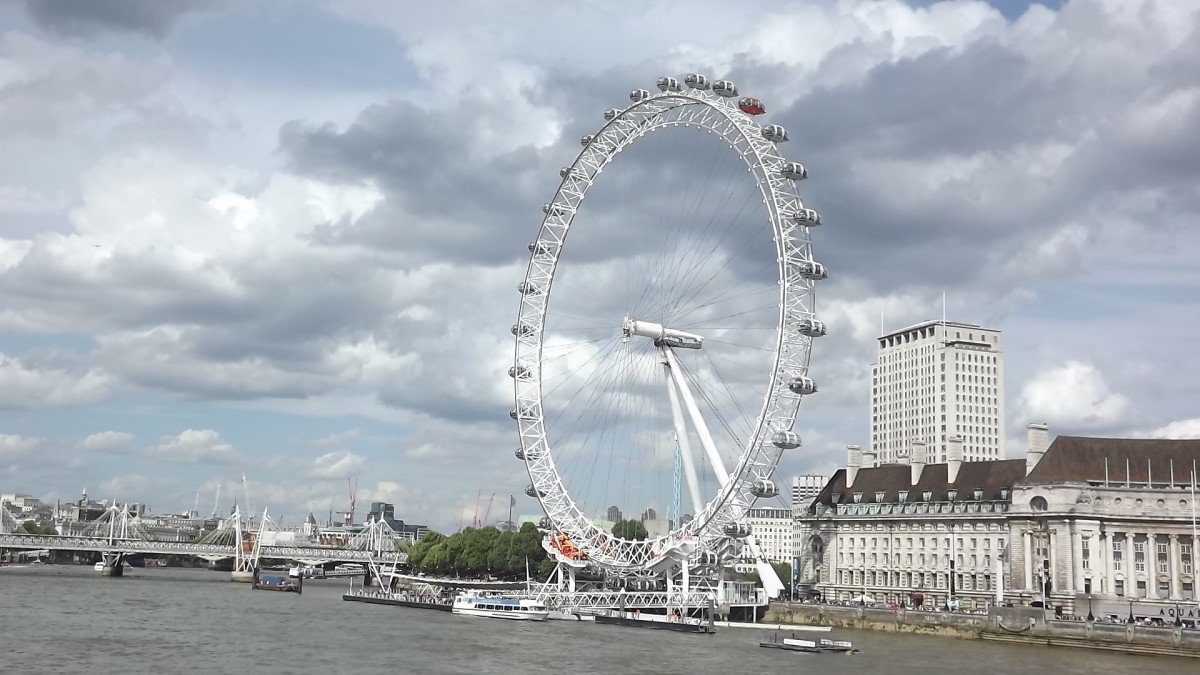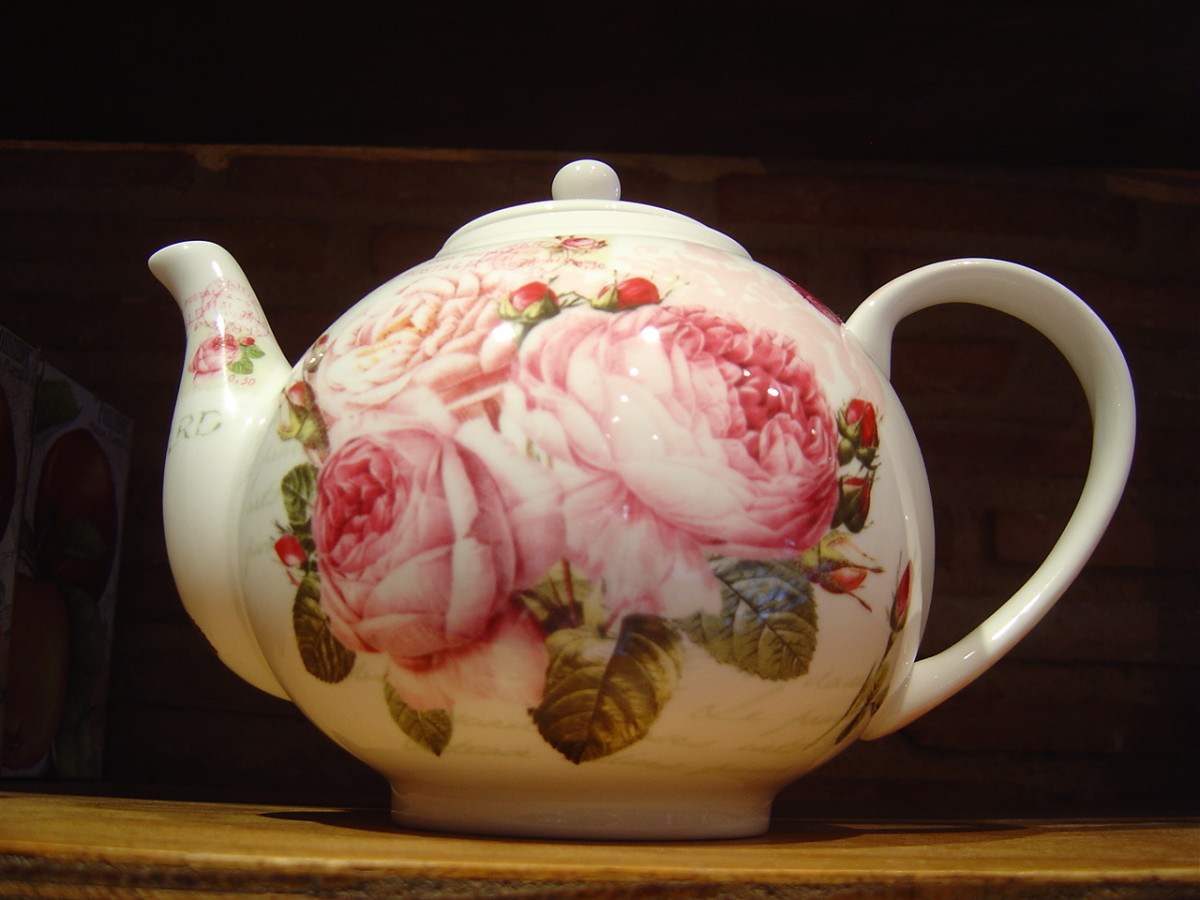Intermittent Lake Cerknica, Slovenia
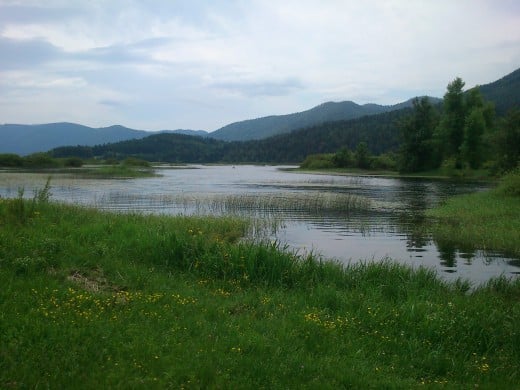
Lake Cerknica
If you happen to be in Slovenia, Europe and want to see the beauty of changing nature, Lake Cerknica is the place to be. But not only once, at least four times a year, once in every season. The appearance of the landscape of the Lake and its surrounding is different every season. Lake Cerknica is really a masterpiece of nature.
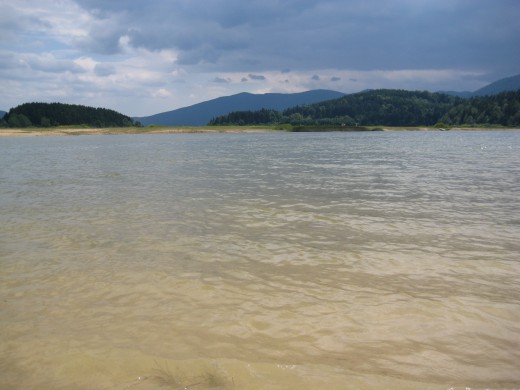
Location of Lake Cerknica
Where can we find Lake Cerknica?
Slovenia is known for its karst plains (polje) and the biggest Slovenian karst polje is Cerkniško polje. There we find Lake Cerknica. Cerkniško polje is located in southwestern part of Slovenia. It is located approximately 50 km from the capital city, Ljubljana.
Karst plain
By the Glossary of Speleological and Caving Terms, the term karst plain (polje) states a large closed depression draining underground, with a flat floor across which there may be an intermittent or perennial stream. The polje may be liable to flood and become a lake, and its floor makes a sharp break with parts of surrounding slopes.
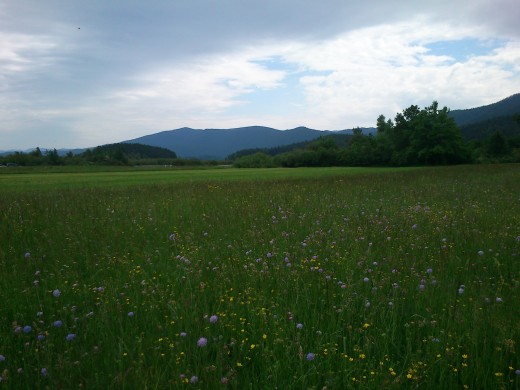
Why so special?
Sometimes it is a lake and sometimes it is not. It is so-called an intermittent lake, the lake which disappears seasonally. Lake Cerknica is one of the prime examples of an intermittent lake. When full of water, it is the biggest lake in Slovenia. It covers 26 km2 when full, and even up to 38 km2. It is 10 km long and 5 km wide.
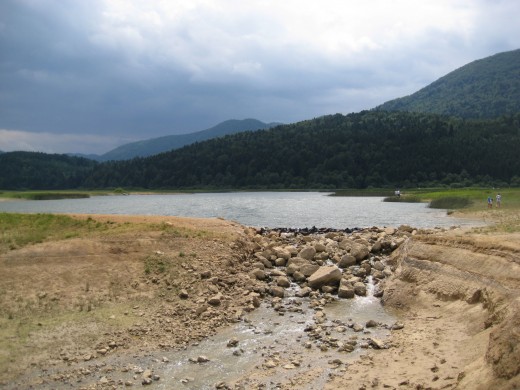
The best known Slovenian karst landmark
The intermittent Lake Cerknica is the largest and the longest time flooded karst field in Slovenia. The height of the lake and its size is constantly changing. The rise and fall of lake's water depend on the inflow and outflow of the water. The inflow of a lake is affected by rainfall and the outflow is subjected to swallowing of the sinkholes. The difference between the inflow and outflow of the water is the reason for forming and disappearing of the lake. During heavy rainfall, the lake is filled in two to three days and in the dry season it disappears in three to four weeks.
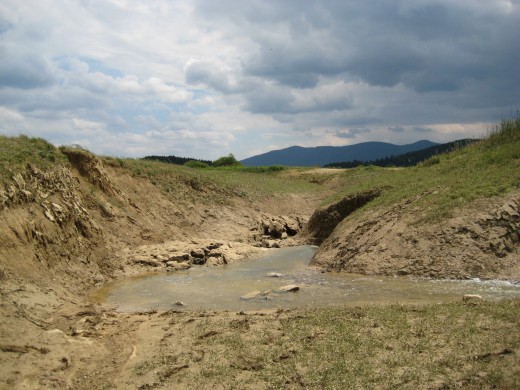
Historical records
Historically, more has been written about Lake Cerknica than any other karst field or lake in the world. This was because of its challenging phenomena. It was known since antiquity. The first thorough description of the Lake Cerknica was prepared more than three centuries ago by Janez Vajkard Valvasor (1641 - 1693). This description has earned him the membership of the English Royal Society. Later he published extended summary description in the famous encyclopedia Slava Vojvodine Kranjske. The right interpretation for this karst specialty wrote the famous naturalist Belsazar Hacquet, who linked the formation of the Lake with flooding of karst field.
The lake has many caves or holes and also many streams or long trenches, channel-like, and a lot of hills because the bottom of the lake is not flat. At the bottom of the lake people may fish, cut grass, sow and reap millet, ride with carriage or boat, all in one year.
— Janez Vajkard Valvasor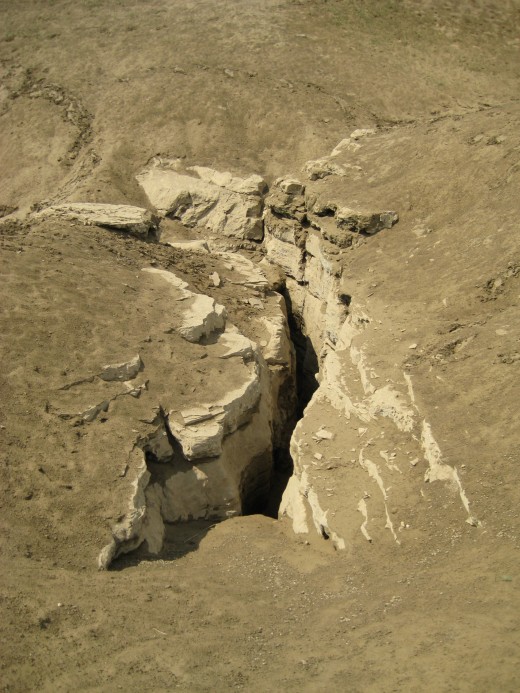
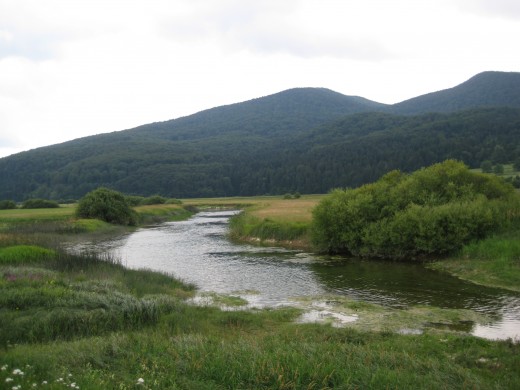
Four seasons
Through the seasons Lake Cerknica shows us completely different faces and if we want to feel what this lake really is, we need to return to it several times. Lake Cerknica is a must see in all four seasons. In the early summer, you can refresh and swim in the lake before it discharges its waters. Fall brings heavier rainfall which fills the lake again. In the winter you can skate on the ice surface of the lake. And then comes the spring. In spring lake comes alive again. In all its beauty, in all its forms. The ice and snow are melting and the lake gets again its water which stays till the summer.
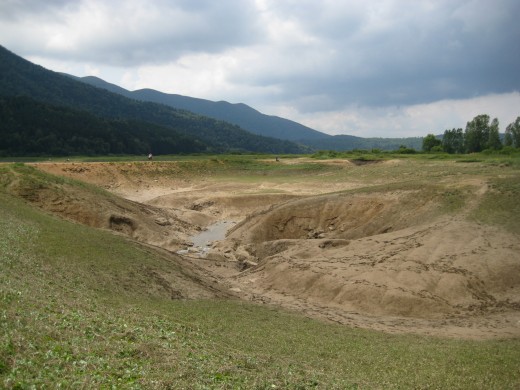
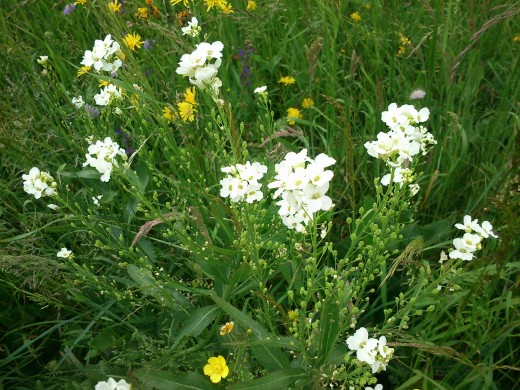
Spring and summer
We visited Lake Cerknica in May and July. It was like we were visiting completely different places.
Spring showed us all its glory. Meadow plant biodiversity was really marvelous. Lake had plenty enough of its water, people were happily paddling on its surface. In the summer there was a different story. Most of the water was gone through sinkholes and estavelles. The landscape was mind-blowing. On one side small part of the lake remaining and on the other side bottom of the lake full of holes, streams, vanishing water and fish trying to survive.
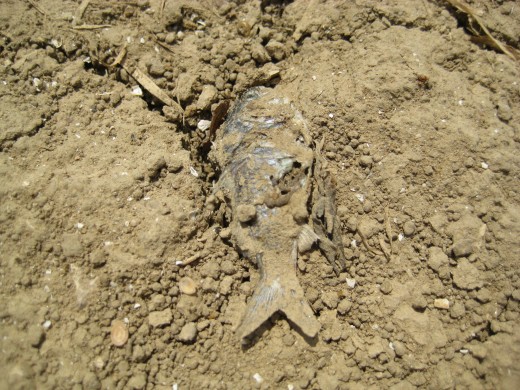
Where does the water go?
On the karst field Cerkniško polje streams do not drain on the surface because the field is sank deep between permeable karst limestone ground. Water is swallowed by large and small sinkholes and directed into the underground. From there one part of the subterranean water flows towards the source of the Ljubljanica and Bistra River. Another part of the underground water flows toward Rak River and Planinsko polje.
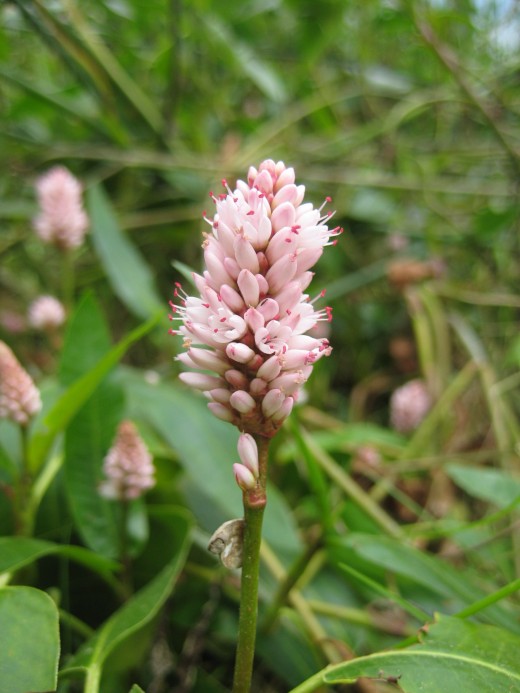
Rich flora
Another thing that caught our eye were colorful meadows all around us. Beautiful flowers, in spring and summer. Nicely put onto the green wet grass that surrounds the lake. Just a short research and you found out that from this area it is known around 170 different species of plants. Of these, one is classified as affected, nine vulnerable and four are in the group of the under-known species.
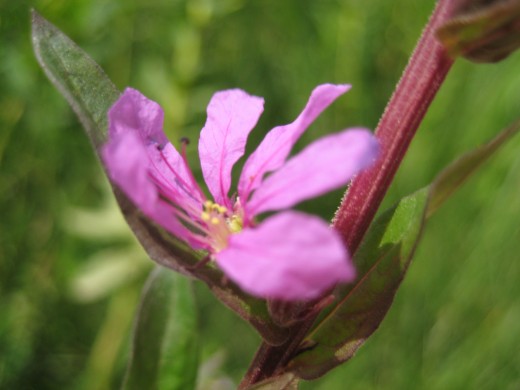
Quick facts about the lake
surface area
| max. 38 km2
|
surface elevation
| 550 m
|
average depth
| 10 m
|
hinterland water inflow
| 475 km2
|
filling time
| 2-3 days (heavy rain)
|
dried up time
| 3-4 weeks
|
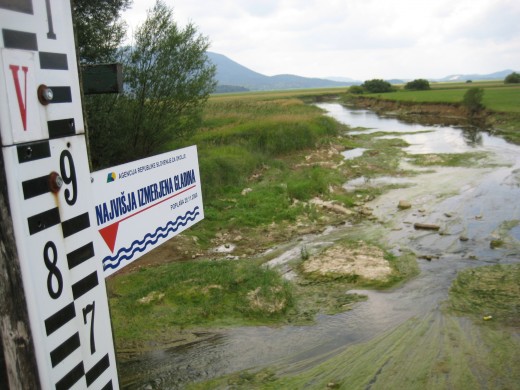
Winter
Now all we have to do is wait for the winter. And hope it will be cold enough so we can ice skate on the lake.


